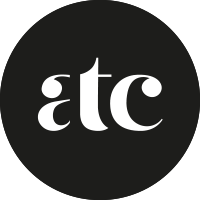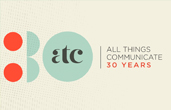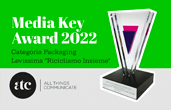We already had the chance to discuss the value of questioning (see On asking questions) within the strategic and creative process.
Here we want to delve a little bit more in our approach and to widen the perspective to the whole advertising and communication industry, reflecting upon new ways and best practices to design brand experiences which people really want to interact with.
For an advertising and communication agency, there are two main and specular approaches to product promotion. In the traditional one, which still seems to be the most frequent in our industry, this sequence of steps occurs:
1) there is a product; 2) the client brand asks the agency to position the product within the marketplace and to come up with suitable promotion strategy; 3) the agency carries some consumer research out, or oftentimes the company provides the agency with data and market insights; 4) the agency figures out how to position the product and to promote it accordingly.
It may also happen, at this stage, that the already existing product is not able to match the client expectations in terms of positioning. Hence, the agency may resort to forcing things a little bit: the brand “story” is thus creatively created to close the gap between product performances and consumers’ needs.
Another way to do things implies moving point 4 before 1: putting the market and consumer insight prior to the definition of the product itself.
This insight-driven idea essentially draws from design thinking. It assumes that, when the cultural and consumer research instructs the product, all marketing and communication around that particular product can be honest, trustworthy and easy to pass through. It would naturally derive from that product and thus be more likely to succeed.
Of course, this is the ideal situation. Most times, communication agencies have to attain themselves to an already given product. Research and insight may be useful to justify given choices, but are not an integral component of the process.
Creating brand experiences that go the distance
Our experience as an agency proves that the second way yields much more to the brand in terms of awareness, consumer satisfaction and profitability, in the short and long run.
For us, brands can really achieve long term success when products/services and their communication are two parts of a same brand narrative, because in this case you create brand experiences which people want to interact with, because they come out of a consumer and market insight-driven approach.
La Our collaboration with the Essilor Group is an example of that. The value of the product portfolio in its own and our understanding of the context and of the expectations and needs of all stakeholders allowed us to design a series of events that managed to bring the brand personality forward. To do that, we started from what was around the product, putting the customer journey as the backbone of the whole project.
Ultimately people has to see that a product has what they want and when this is the case, there is room for brand experiences which are truly special and unique.







